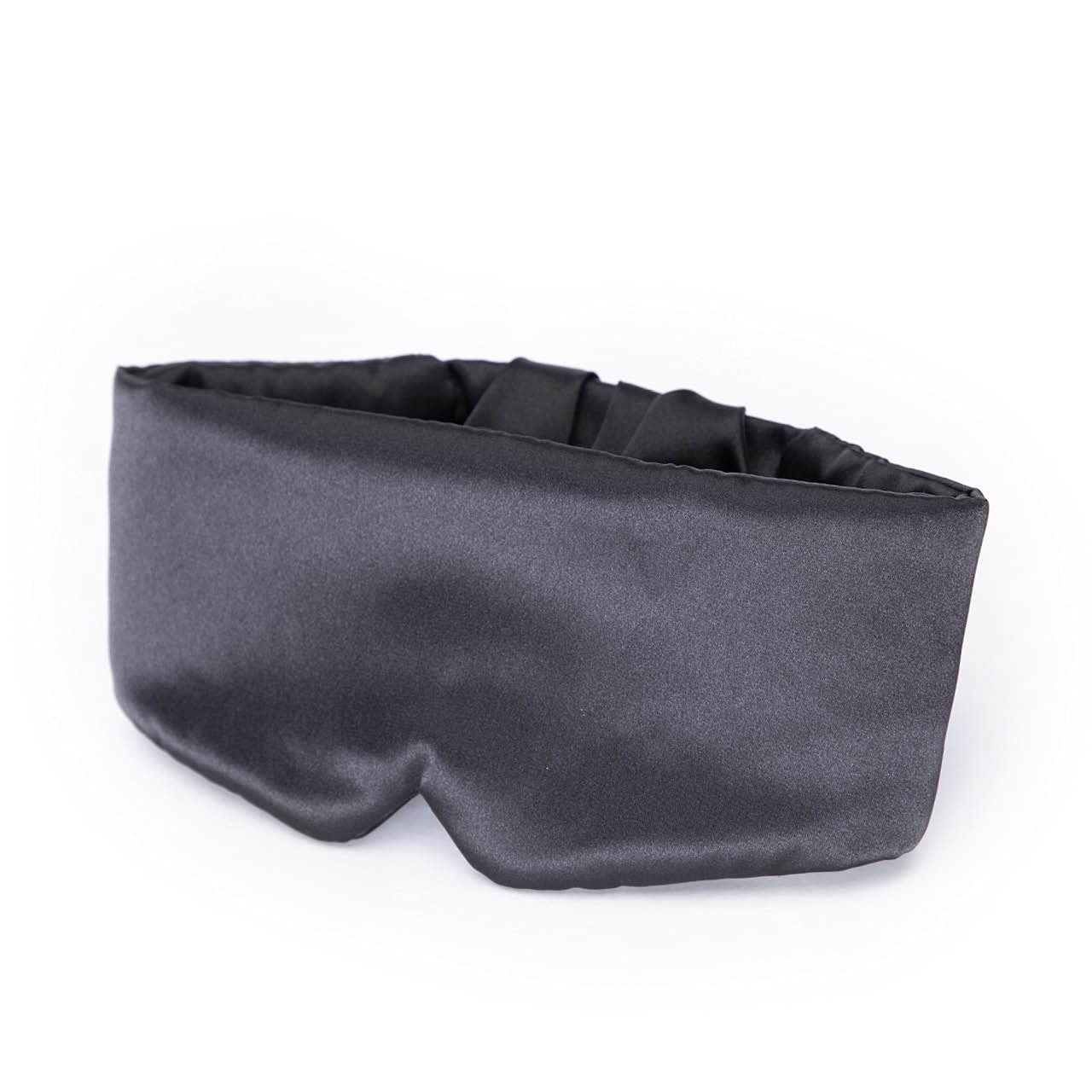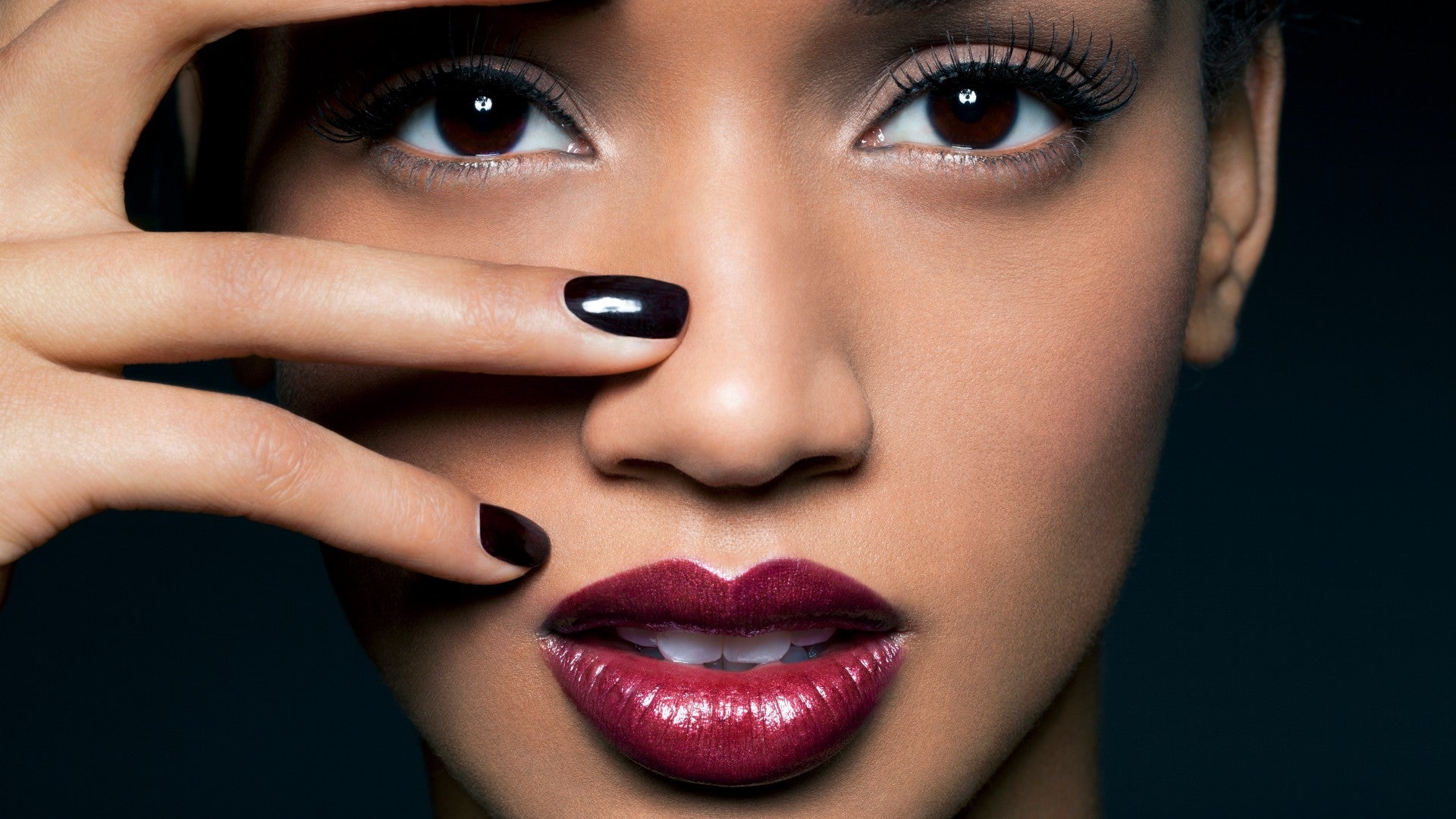
While many of us might want to liken Sephora and Ulta Beauty to makeup museums in their own right, there’s never been an actual multi-brand museum wholly dedicated to beauty and cosmetics.
That’ll change this spring if Doreen Bloch has her way. The CEO of Poshly will be launching the first ever Makeup Museum this May, along with co-founders Rachel Goodwin and Caitlin Collins, with a focus on 1950s makeup in America.
There’s no denying that while the ‘50s owns a lot of robust and interesting history in makeup, there was an obvious void, fueled mostly by exclusivity and a real lack of diversity. For many Black women, when we think of the ‘50s, we think of Rosa Parks and the civil rights movement, not rouge and mascara.
So ESSENCE sat down with Bloch to talk about the intent behind the first exhibit, and where Black women fit in in the history of makeup during decades when brands fought to exclude us.
What exactly can we expect from the first ever Makeup Museum?
Doreen Bloch: It is a multi-brand, always on, experience for makeup. The big vision is to have multiple floors that explores all of makeup history. We’re basically starting with six months rotating exhibits, with the first one focusing on 1950s makeup in America. And then in October, we’ll change to a new theme. And it may be a time period, or it may be an artist retrospective or just generally a theme like drag makeup, for example, or glitter. So there’s so much creative opportunity, but we’re so excited for the first one ever, starting in May. It feels like you can never do the topic full justice, but we’re going to try.
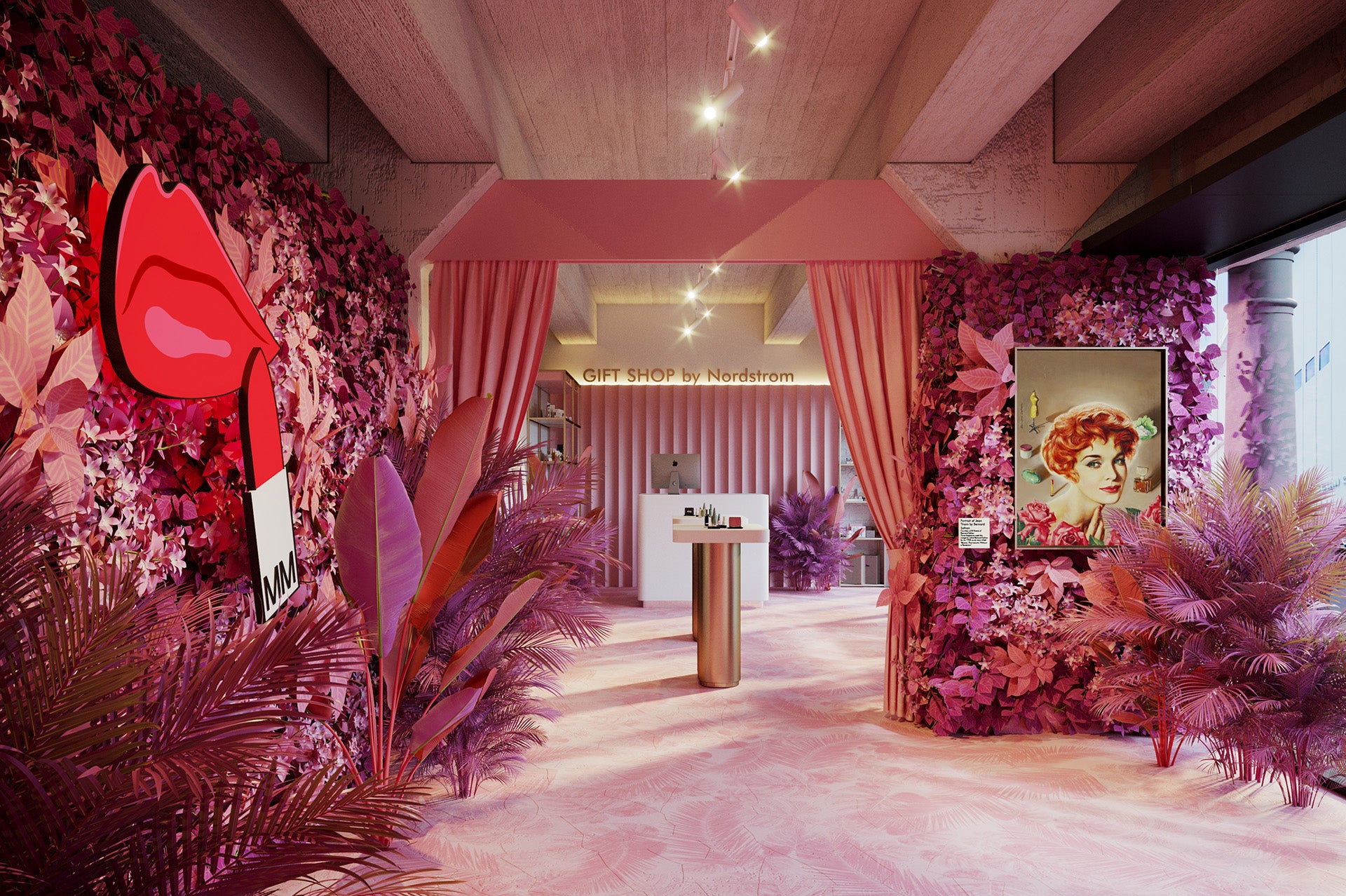
Can people interact with the exhibits?
Bloch: We are extremely inspired by what I would say are both sides of the spectrum. You have this recent amazing wave of super Instagramable experiences, but in many cases what have been called sort of empty calorie type of experiences where you don’t actually really learn anything. And then on the other side you have the traditional museum pedestals with a bunch of artifacts and it’s very quiet and doesn’t necessarily encourage imagery. So we are trying to strike the perfect balance between those two things.
Did you see a lot in your research regarding cultural and racial inclusivity? Let’s be honest, we’re talking about the fifties.
Bloch: So that’s what is so fascinating and difficult to reckon with. This is something that is very fraught in the 1950s and it’s something that we really want to highlight in a big way in our exhibition and not shy away from it. In the United States, a lot of women were literally not able to go to department stores to buy makeup. There is very clear exclusion and you see this in all sorts of ways. But I think what’s going to be very powerful for people seeing the Makeup Museum’s take on this is that we really want to highlight pioneering women, like Dorothy Dandridge, Anna May Wong, Lena Horne, Rita Marino, who were the exception to a Marilyn Monroe look and went through so much adversity in Hollywood. And nonetheless, persevered in many ways.
Go off girl.
Bloch: There’s this fascinating story about how when Dorothy Dandridge was auditioning for the role of Carmen Jones, she was viewed by the director or the studio basically as being too demure for the part. And she went to Max Factor’s studios, to the makeup artists there, and they helped her recreate her look with more of a bedroom cat-eye and a bright red lip. And she went in for another audition and landed the part because of this makeover that she got at the Max Factor studio.
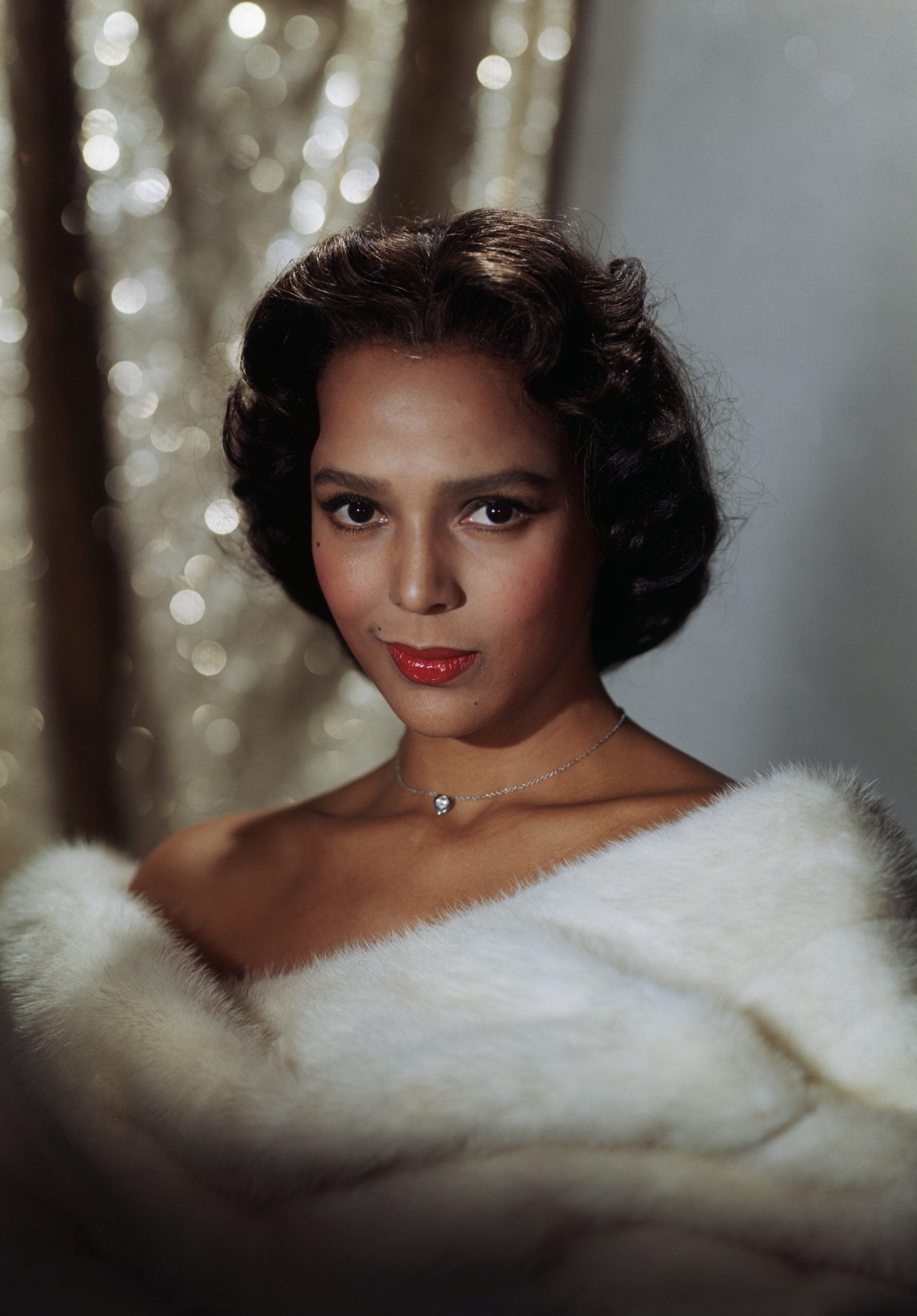
Makeup is quite transformative.
Bloch: It is transformative. And there are so many other elements too from an advertising and imagery perspective that are just so interesting. For example, Eunice Johnson was behind the Ebony Fashion Fair, which launched in ’58. But apparently the challenge was that she was noticing that African American models were having a lot of [trouble] with mixing foundation to get the right shade. Interesting that that’s still happening today.
This led to Fashion Fair cosmetics which launched in the 70s. Ms. Johnson was struggling to get existing brands to take women of color seriously. And so the impetus of that unmet need to create a new brand is so powerful. As an entrepreneur myself it resonates with me so much around overlooked opportunities and how that can lead to new products and new innovations.
You guys are really striking out and shooting for the freaking moon.
Bloch: We are, it’s such a big responsibility too. What’s also been very much top of mind for us from day one is that makeup history has been incredibly Eurocentric. You look at every book on makeup history and it basically goes from essentially ancient Egypt coal eyeliner, to suddenly we jump to Queen Elizabeth, and the lead based white makeup that she was wearing. And then it’s all just this Eurocentric script from there. And that’s a really important story to tell and it’s sort of the foundation of the modern makeup industry. So for us it’s important how we understand, for the 50s, what was happening in Latin America or in Africa or in Asia at that time. There are so many different aspects to this.
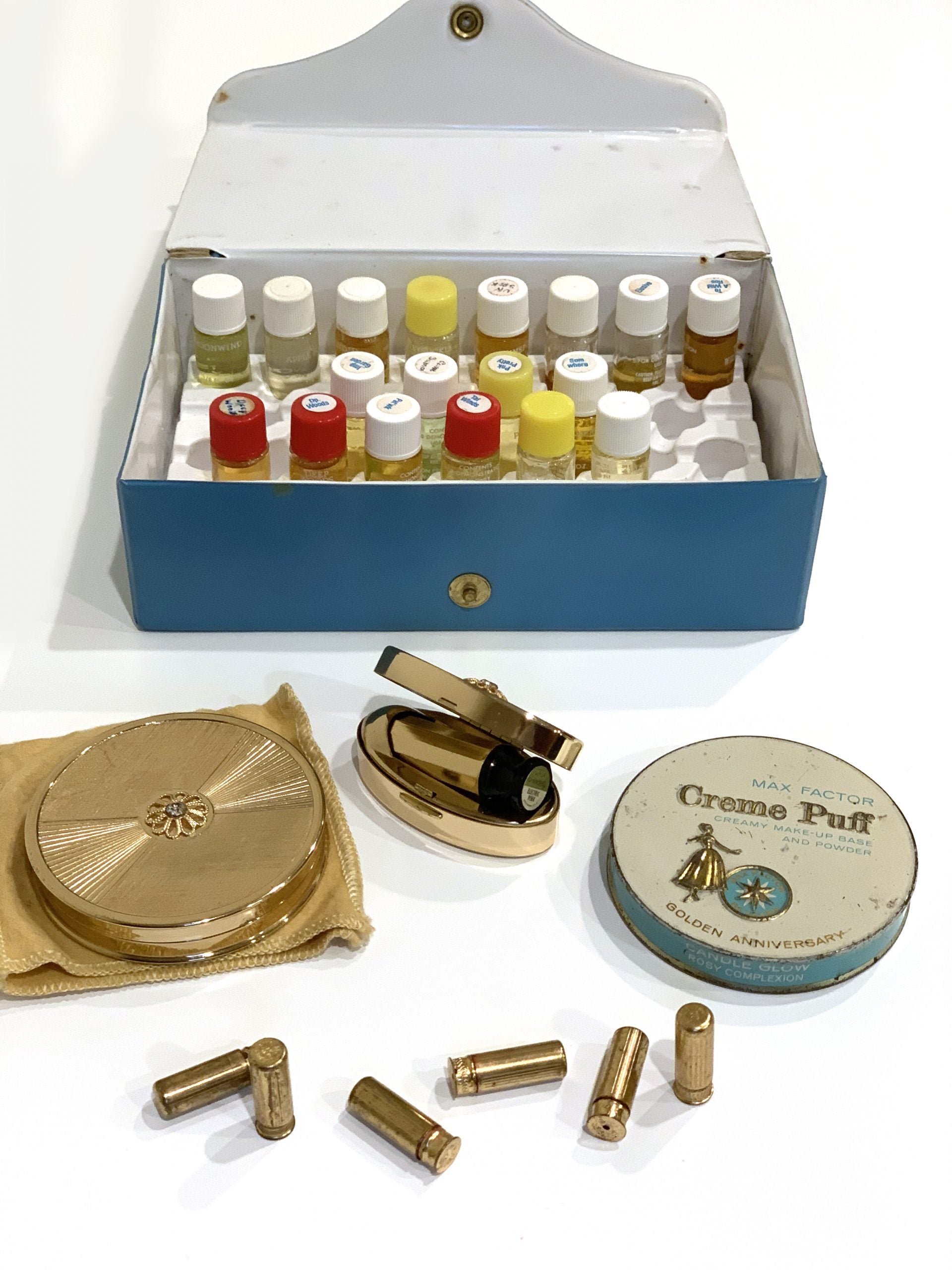
What’s the goal over all?
Bloch: I think that ultimately what this will help inform is what is the future of makeup. We’re really thinking about that as [with this first exhibit] we’re talking about 1950, but what’s going to happen in 2050, and that to me is also so fascinating. We’re writing that story.
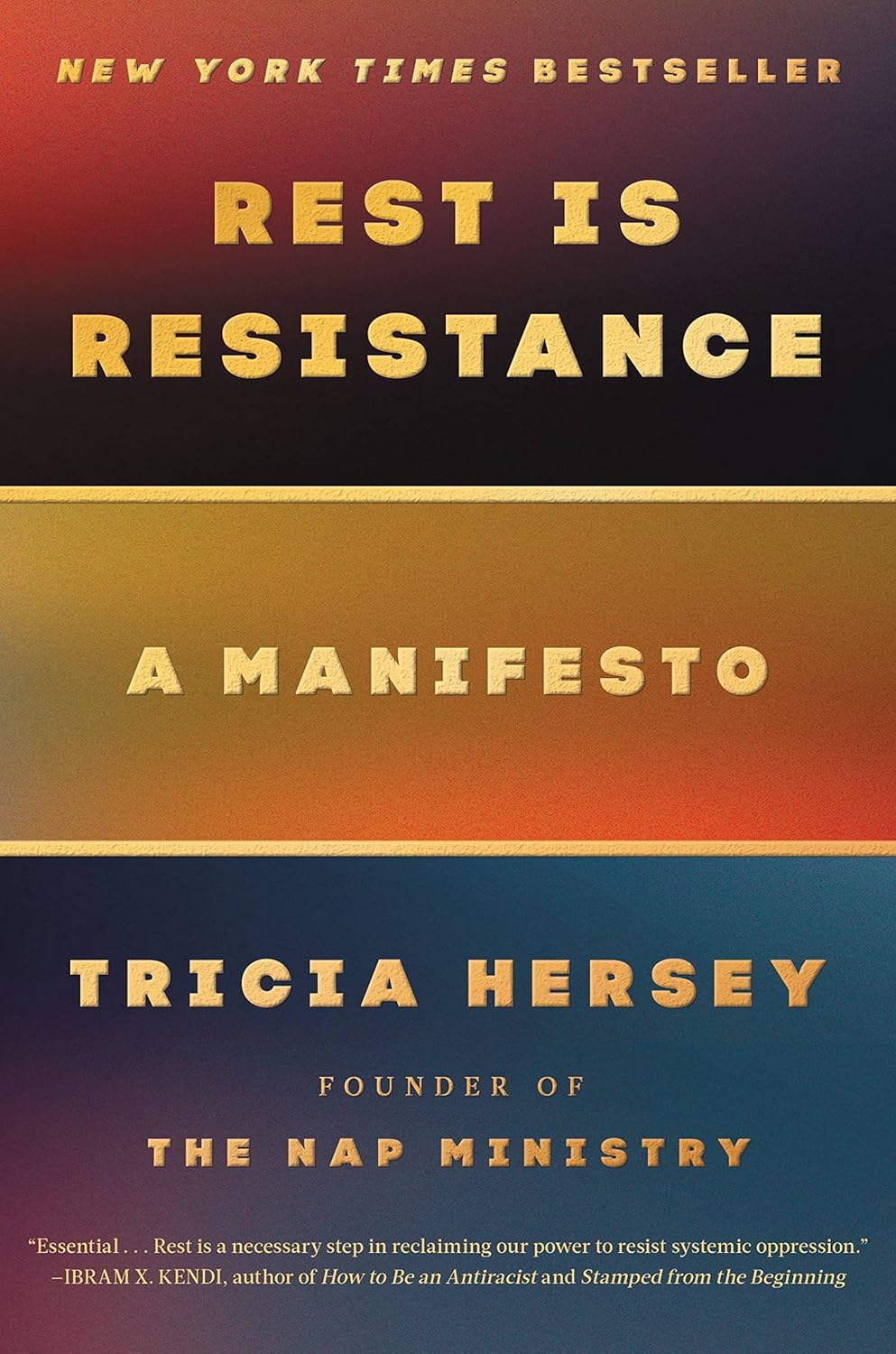
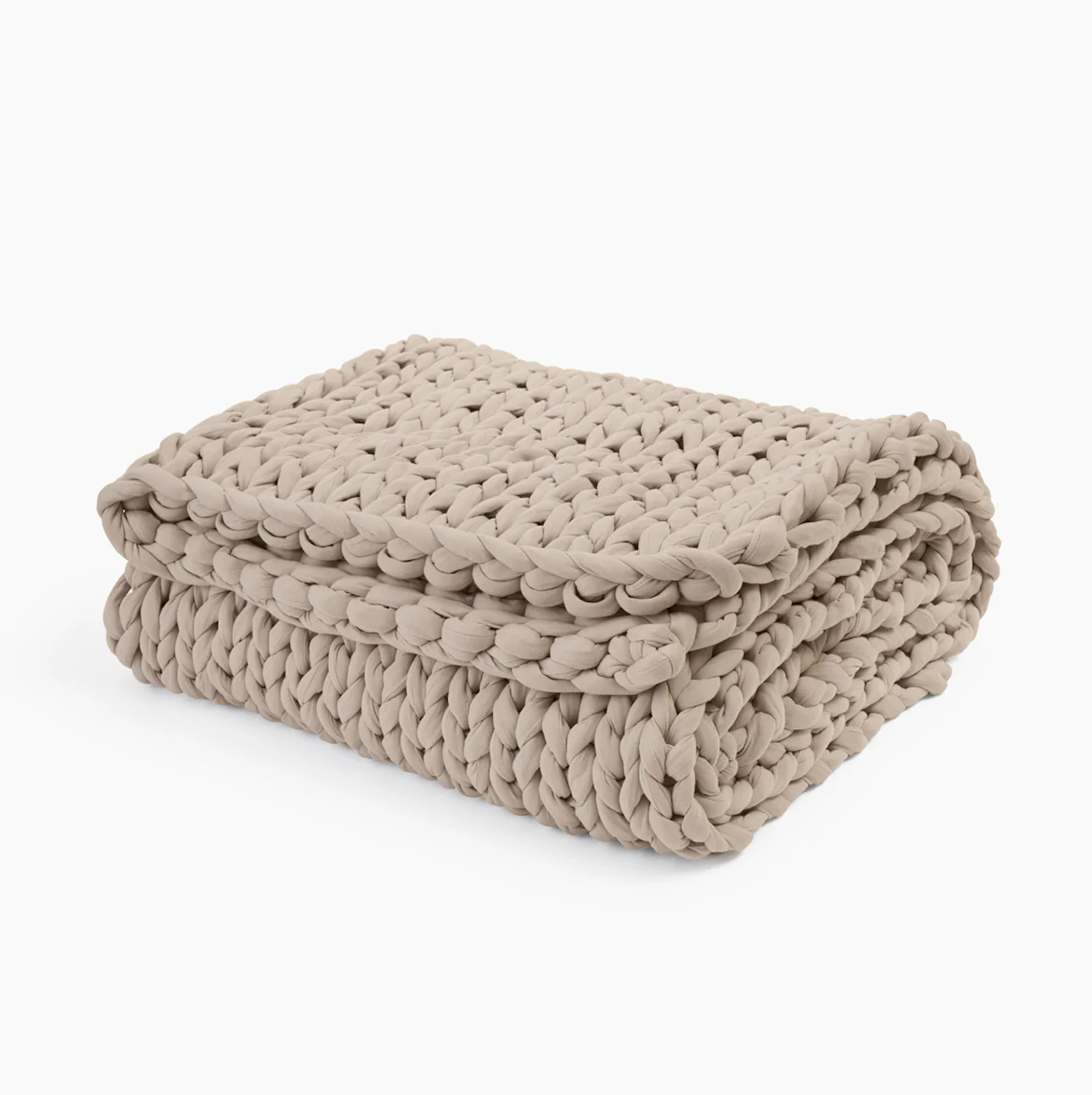
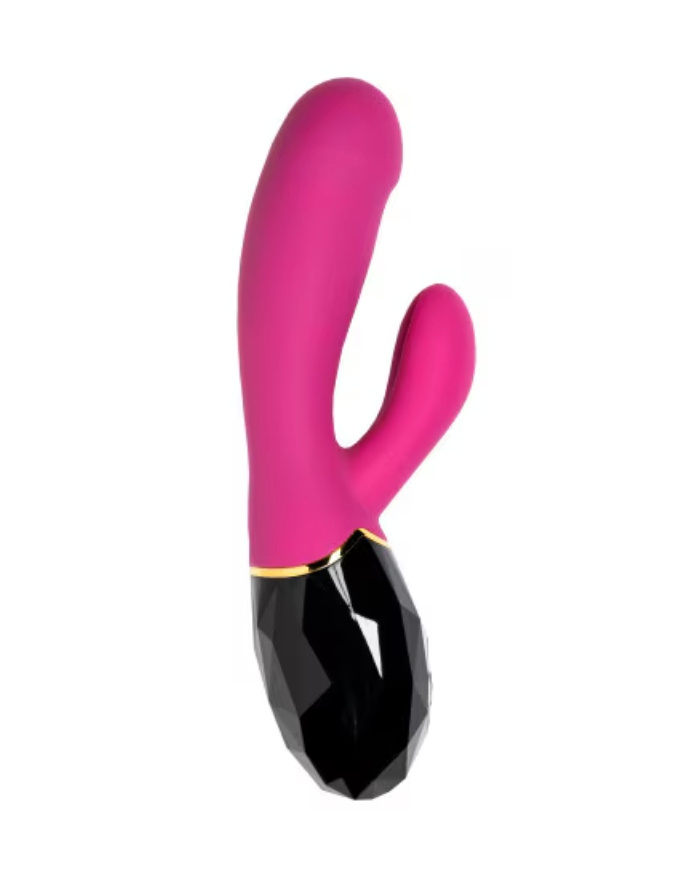
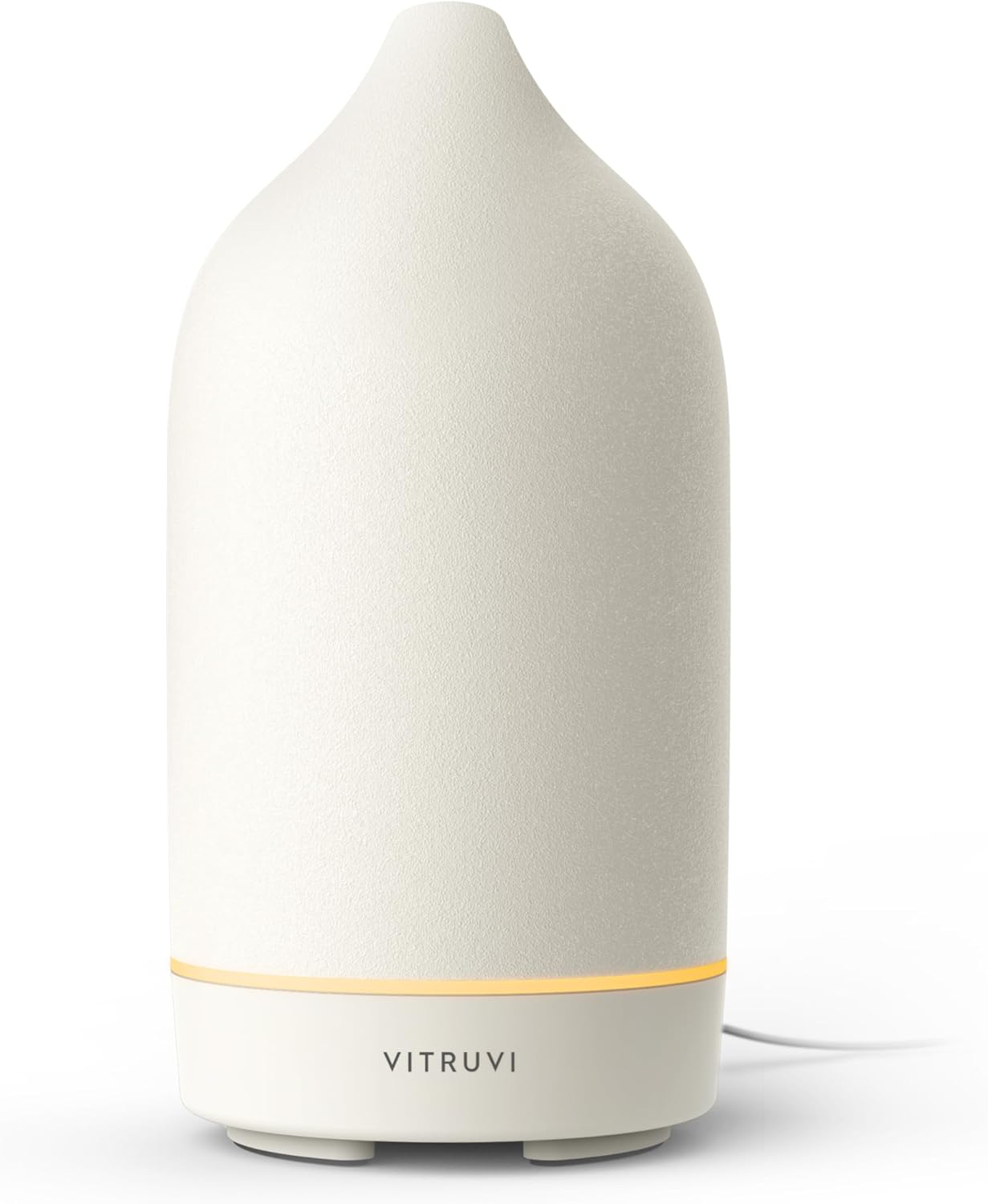
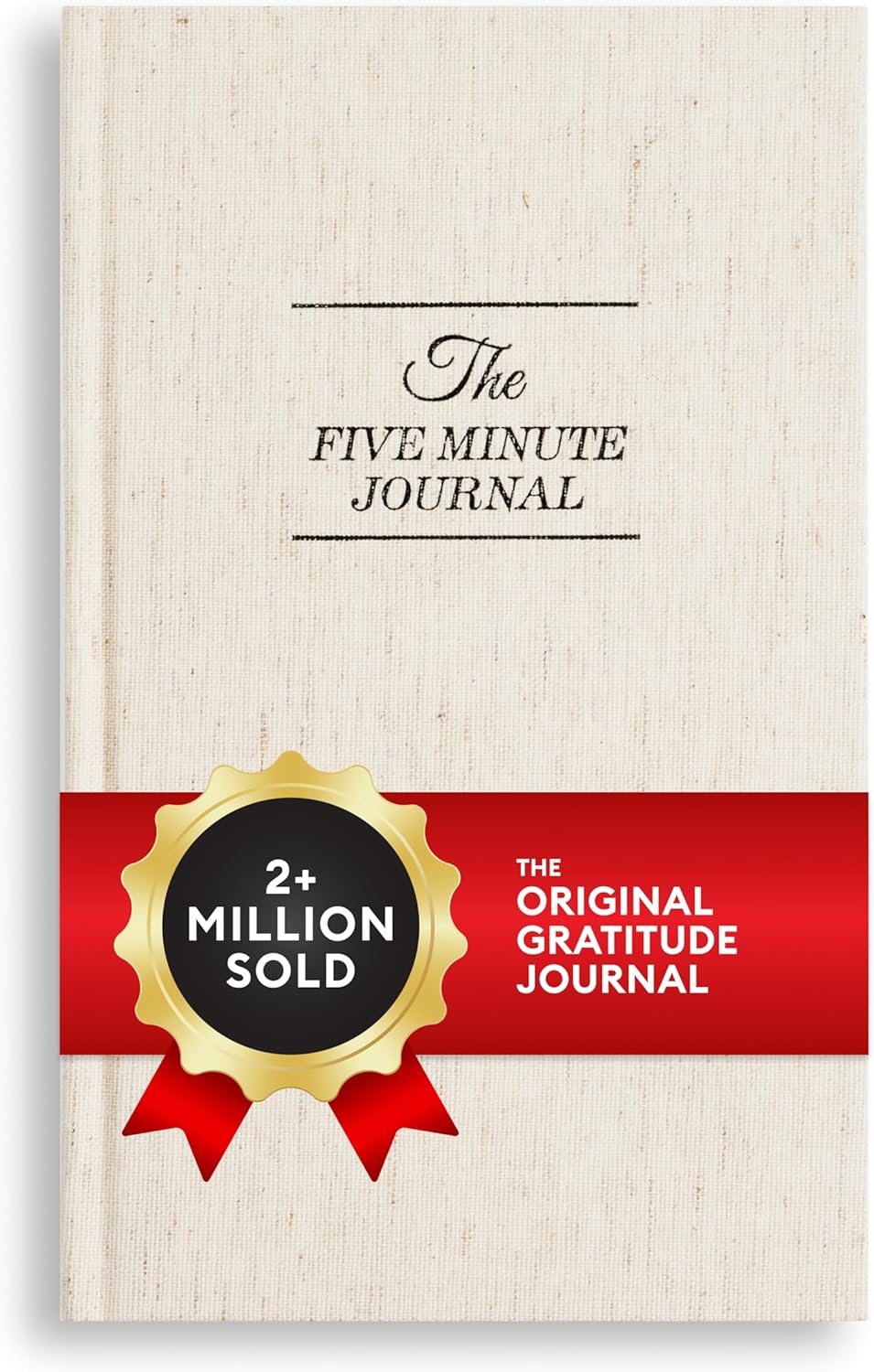
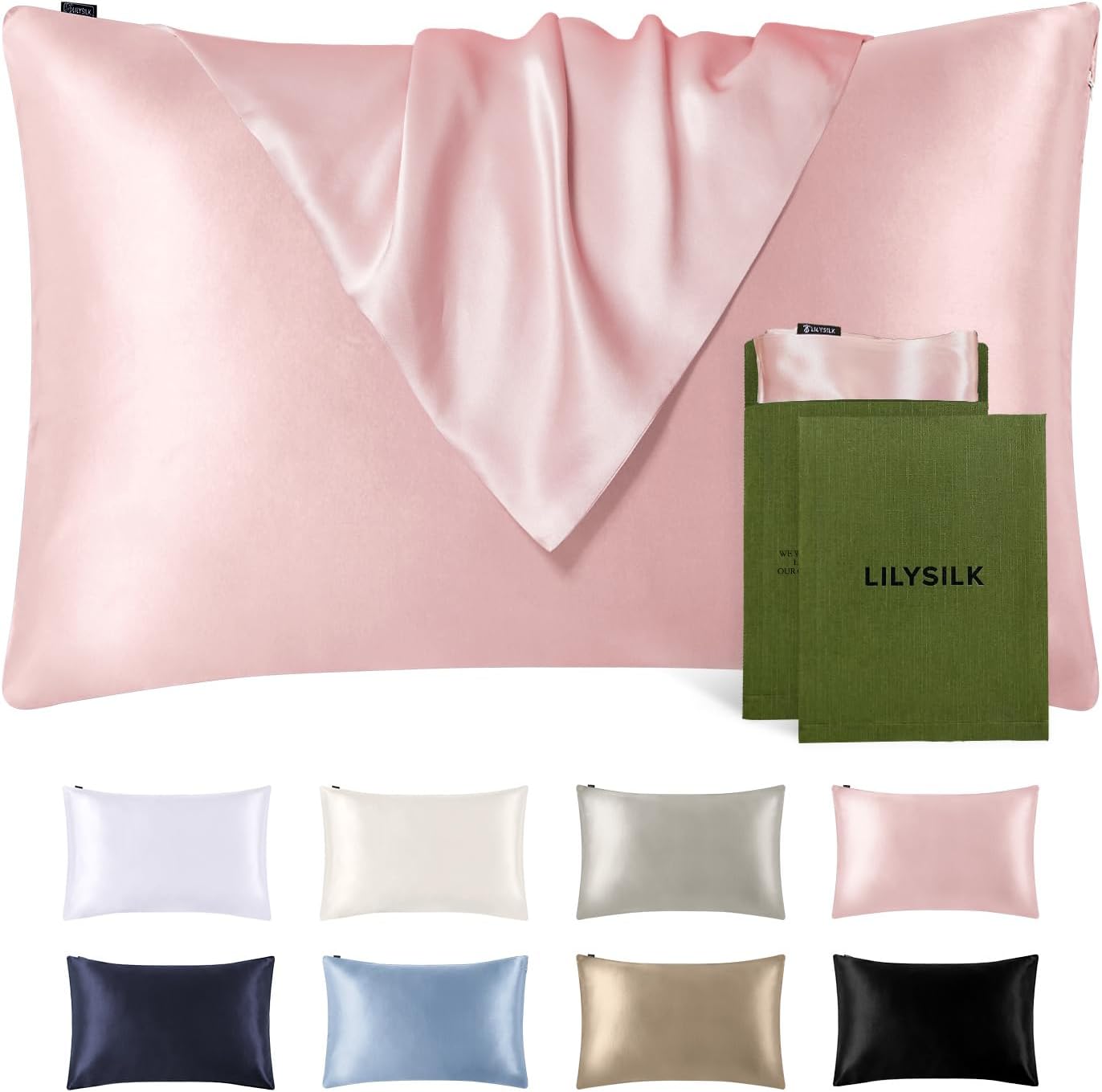

The Makeup Museum opens May 1 at 94 Gansevoort St. Tickets are available now at MakeupMuseum.com.
